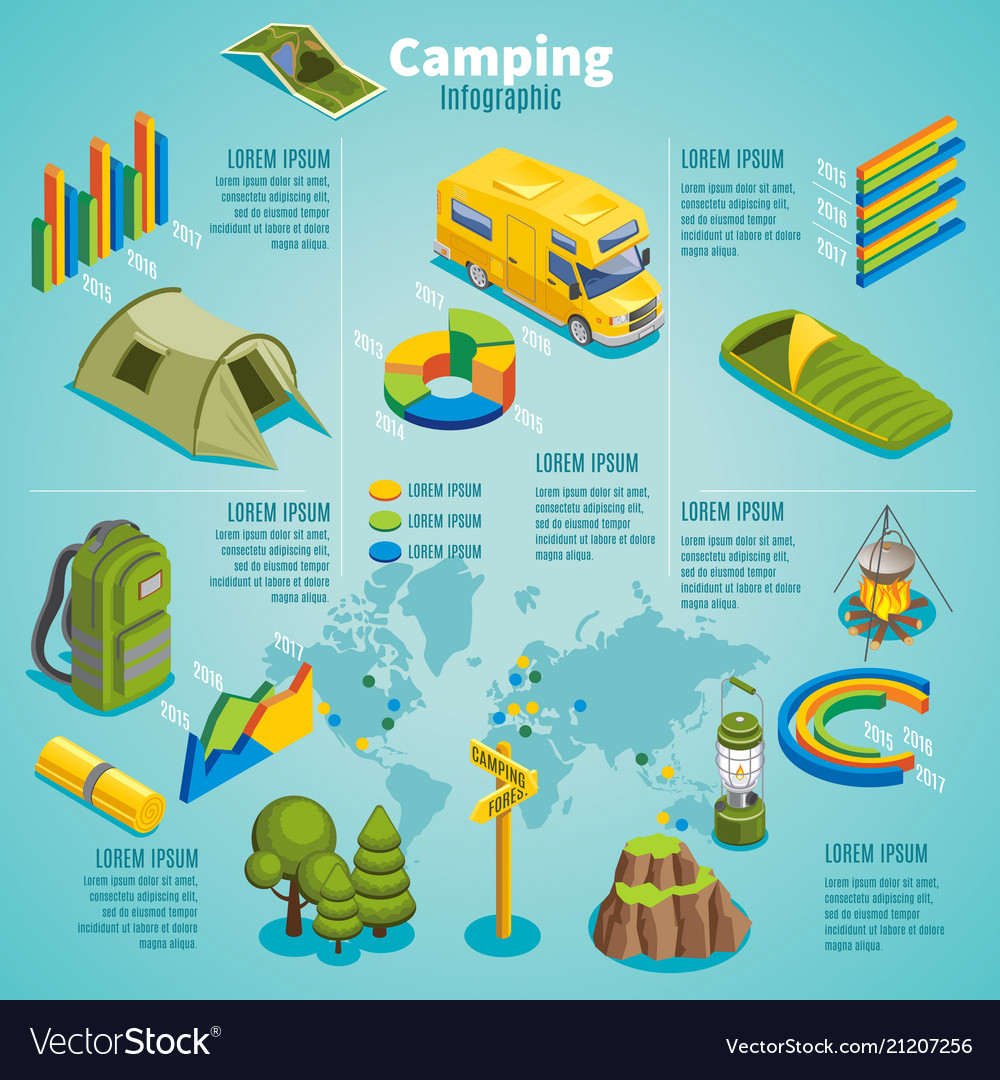Become A Business Owner Through Online Camping Tents Product Sales
Become A Business Owner Through Online Camping Tents Product Sales
Blog Article
The Background of Bell Tents
The cone-shaped form of a bell outdoor tents makes it among one of the most effective sanctuary styles in background. Recognized by several names, consisting of the Tipi, Buddy, Goahti, Lavvu, or Nentsi, these single-pole cotton canvas tents were designed with practicality in mind.
How many can sleep in a 4m bell tent?
Their simpleness and convenience of setting up made them excellent for cultures on the move. This very same capability stood out of entertainment campers, that soon integrated short walls to create a classic tent design that we now know as the Bell Tent.
Origins
Bell tents are an attempted and examined kind of instantaneous lodging. Their large interiors and useful style-- they are durable, easy to set up and can withstand strong winds as a result of their legendary bell form-- have made them a popular choice for outdoor camping and glamping.
The modern-day bell outdoor tents traces its origins back to a 19th century armed forces camping tent developed by Henry Sibley. He adapted the layout of the American Indian tipi to develop his special camping tent which was after that taken on by the military for usage in armed forces camps and expeditions.
The principles of this camping tent-- tough and difficult canvas offering a home-away-from-home for travellers-- have been improved with time to fit the requirements of modern campers. For example, contemporary glamping tents provide features such as carpets and beds to boost the comfort of campers. These functions likewise help to maintain the integrity of the initial layout and secure against the elements.
Military Use
In the 19th century, bell camping tents were first used as military area sanctuaries. They were a prominent choice because they were durable, sizable, and very easy to establish. Today, these camping tents are popular amongst campers and glampers for their elegant and useful style.
They are also extensively utilized in military and rescue procedures, where fast implementation is key. Their straightforward framework implies that they can be established in a brief amount of time, giving employees more time to focus on the goal available.
The bell tent is usually made from a tough and weatherproof canvas, with a centre pole that's sustained by a series of pegs. Duration prints show that these tents were shaped much more like a cone than a squat framework, and the wall surfaces were small in relation to the elevation of the center post. This enabled them to withstand wind and rainfall. They were frequently made use of by the ANZAC troops on their expeditions throughout Europe and Gallipoli.
Glamping
Glamping is a modern exterior leisure activity that has actually ended up being increasingly preferred. People from all profession are trying to find a way to take pleasure in the great outdoors comfortably and style. Whether it's an enchanting trip or a family outdoor camping trip, a high quality tent can make all the distinction.
A bell outdoor tents's round form assists with security in hot tent stove windy problems, while its spacious interior can suit lots of people. It is additionally easy to set up, needing just a central post and a cone-shaped canvas roof that clears up into a large base.
The bell tent was designed by Henry Hopkins Sibley, an US Military soldier who offered on the Texas frontier in the 1850s. He took inspiration from tipis he saw, and created a design that was durable and conveniently transportable. His outdoor tents was patented in 1856.
Contemporary Use
Today, bell outdoors tents are a staple in shop outdoor camping sites, celebration accommodations, and as stylish exterior shelters for wedding celebrations or retreats. Their elegant, ageless designs blend practice with modernity, making them a favorite among those seeking unique and comfy accommodations that are both visually enticing and remarkably very easy to set up.
The contemporary bell outdoor tents traces its origins back to standard outdoors tents used by nomadic people in Northern Europe, but experienced its heyday around the 19th century when canvas changed animal hides as the key material. This modification, incorporated with a useful style that focuses on headroom, saw the development of a preferred army field shelter and, later, the renowned outdoor tents we know as the bell.
In the 1850s, an US Military soldier named Henry Hopkins Sibley developed the first contemporary bell outdoor tents. Drawing ideas from the tipis he had actually seen on the Texas frontier, his new tent made use of a single main post and vents to create a structure that was both resilient and quickly mobile.
Are you safe from lightning in a tent?
